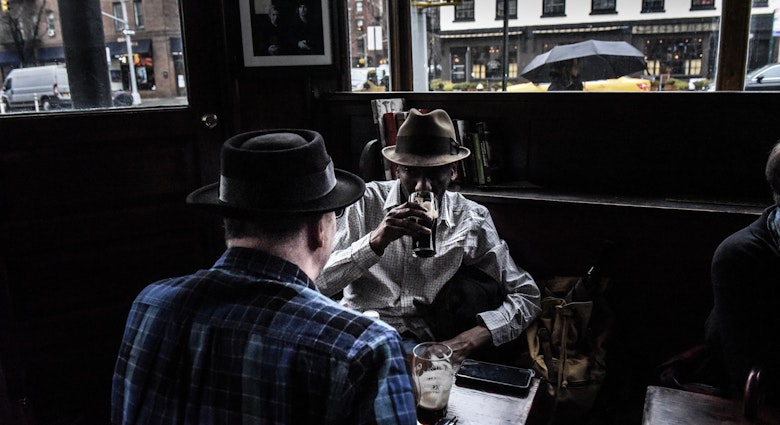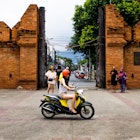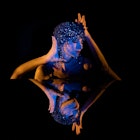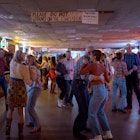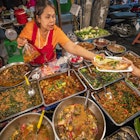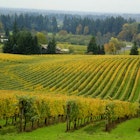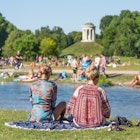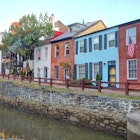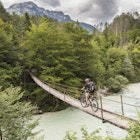‘At the end of every street, there’s a mountain,’ the writer Stendhal famously said about his hometown of Grenoble, France. Set amidst three glorious massifs and spliced by two glacial rivers, nature’s divinity is still on the city’s doorstep, but first-timers should start with its wonderful museums and distinct local cuisine.
Fly up to Fort de la Bastille
For the best introduction to Grenoble, hop onto the bubble-like téléférique, the cable car that floats up over the Isère River to Fort de la Bastille. Perched high above the city, this 19-century military fortress was erected to defend France against the Duchy of Savoy. Surrounded by snow-capped mountains, the stunning 360-degree panorama breezes out as far as Mont Blanc if the day is clear enough.

Delve into the region’s history
To gain a fuller sense of the area, clamber up Montée Chalemont, the ancient Roman road that winds past the red roofs of the city, and go into Musée Dauphinois. This former 17th-century convent is now an absorbing regional museum that explores the culture and traditions of the Dauphinois people. Its 'People of the Alps' section is particularly intriguing as it documents the lives of locals through old photos, timeworn clothes and outdated farming machinery.
Digest some contemporary art
Founded in 1798, the stirring Musée de Grenoble is still regarded as one of France’s finest art institutions. Its abundant collection includes Egyptian antiquities and artwork from the 13th century onward, but what the museum really excels at is contemporary art. The bright, light-filled gallery has honoured the likes of Georgia O'Keeffe and Wassily Kandinsky in the past, whilst still finding space for more than 4000 paintings, including works by Renoir and Monet.
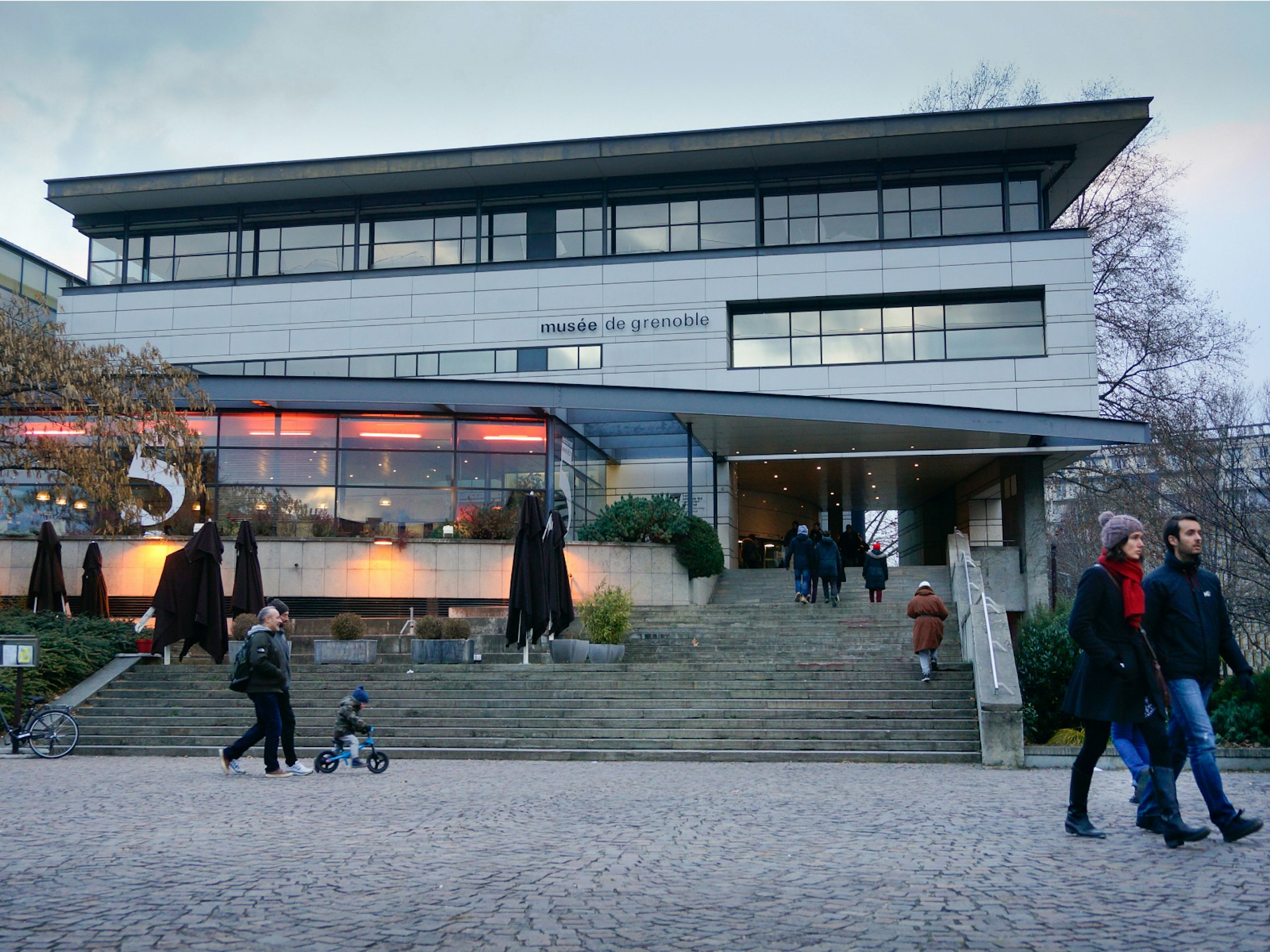
Become a comic book convert
For years, the Sainte-Cécile convent (couventsaintececile.com) has been converted for all manner of purposes. Aside from being a religious sanctuary, it has been a theatre, cinema and a military base. But since the Glénat publishing house moved in around 2009, it seems to have finally found its calling: comic books. Boasting a library of more than 20,000 titles, visits also allow visitors to see the restoration of the cloister and its impressive staircase. Jacques Glénat’s private art collection is on show too. Seek out the colourful stained glass windows designed by Dutch comic designer Joost Swarte and the statue of the famous comic book character Titeuf, which sits out front.
Cycle to the écoquartier
Despite its proximity to the mountains, Grenoble is surprisingly flat, so make the most of the city’s Métrovélo bicycle rental scheme and glide to Caserne de Bonne (la-caserne-de-bonne.com), a shopping centre that’s also home to France’s first écoquartier (green neighbourhood). Built on the grounds of a former military barracks, this sustainable development has a lovely park with fish-filled ponds and plenty of great street art. Look out for Snek’s striking L’Arme de Paix, which depicts a woman crying, and Nevercrew’s Ordering Machine which shows two whales caught up in a towel.
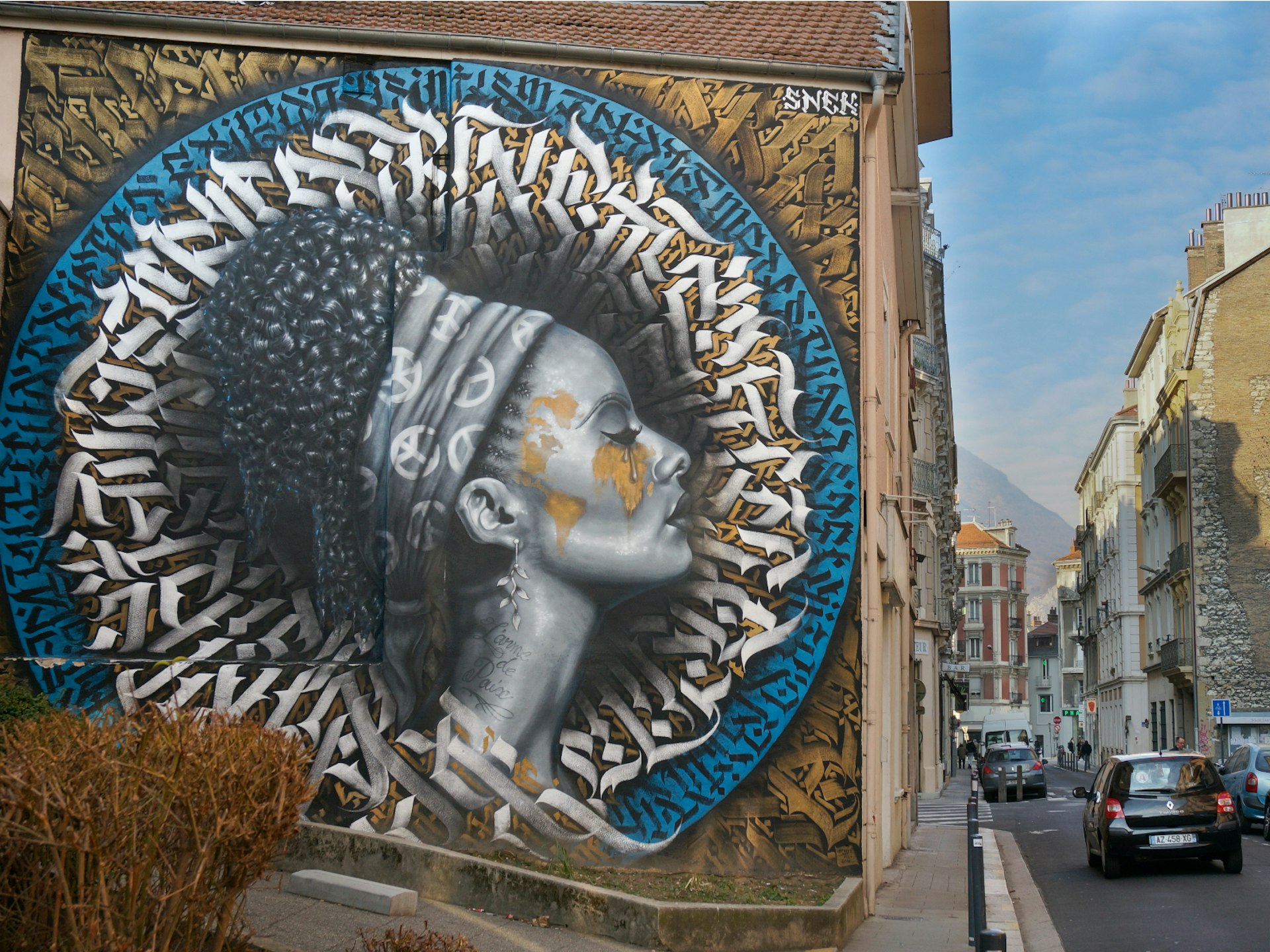
Indulge in some gastronomic treats
Cheese haven, Fromagerie des Alpages (les-alpages.fr), is easy to spot by the long lines stretching like melted mozzarella from the door. This award-winning cheesemongers is a treasure trove of dairy delights offering Savoie, Beaufort, Bleu de Sassenage, Saint-Marcellin, raclette and reblochon cheeses. One block down is artisan chocolatier, Chocolaterie Bochard (chocolaterie-bochard.com). This ritzy store sells an assortment of sweet treats in beautifully packaged boxes, but the star attraction is Le Mandarin, small chocolate-covered clementines.
Explore the lanes around Place Notre-Dame
There is no better place to test Stendhal’s notion about massifs lurking on street corners than the alleyways leading from Place Notre-Dame. Wander the narrow streets of this historic centre and you’ll soon stumble upon handsome squares, artfully decorated fountains and plenty of tempting terrace bars. Before long, the cobbles of Place Saint-André will appear, where the city’s most beautiful building, Palais du Parlement du Dauphiné, resides. This former courthouse from the 16th century splendidly mixes Gothic and neo-Renaissance elements.

Drink an elixir of life
Unless you’ve vowed to live a solitary life of quiet contemplation, don’t expect to gain entry to the Grande Chartreuse monastery, 30 winding minutes north of Grenoble. Instead, hike the surrounding mountains and wild meadows before heading to the Chartreuse Cellars (chartreuse.fr) in neighbouring Voiron for a taste of the monastery’s famous spirit, chartreuse. The pungent herbal liqueur, made from a mixture of 130 herbs, follows an ancient manuscript passed onto monks by François Annibal d'Estrées, the Marshal of France in the 1600s. The original manuscript, most likely written by a 16th-century alchemist, was thought to contain an elixir, but it proved so complicated to decipher that only part of it was used to make the spirit.
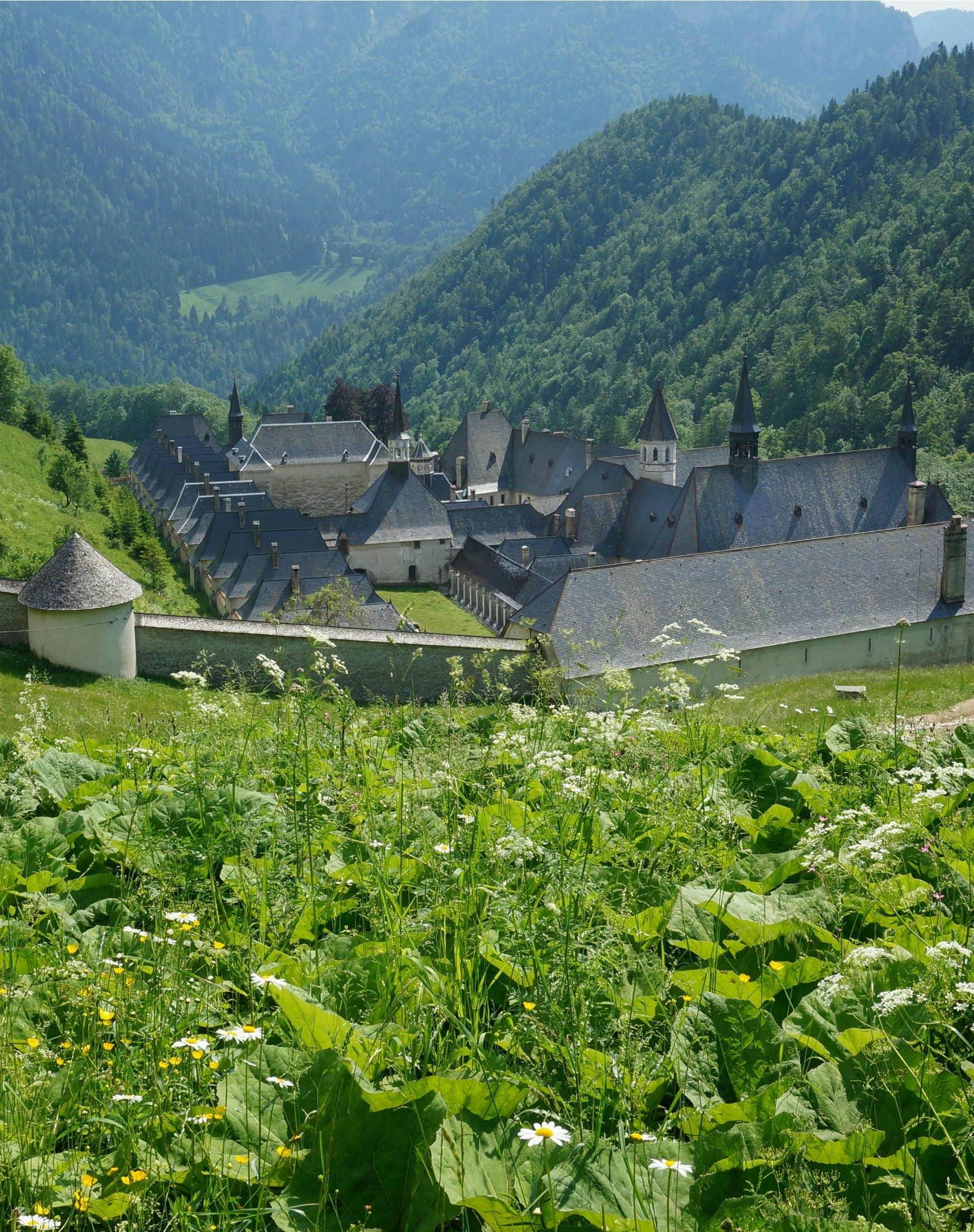
Dine at one of the oldest cafes in France
Follow in the fork-steps of Rousseau and Stendhal by eating at the feted Café de la Table Ronde (restaurant-tableronde-grenoble.com), reputedly France’s second oldest café after Le Procope in Paris. The pewter counter, antique mirrors and period chandeliers contribute to the brasserie’s classic good looks. Start with the braised diots (mountain sausages) with gratin dauphinois, and finish off with a tarte aux noix (walnut tart), made with local Grenoble walnuts, and served with a scoop of walnut ice cream.

Explore the revitalised industrial area
Once the industrial heart of Grenoble, Bouchayer-Viallet is now slowly being reconquered by grass and greenery. Housed in an old industrial hall built for Gustave Eiffel, the vast Le Magasin – Centre National d’Art Contemporain is now a cutting-edge centre for the arts. The building itself has been restored to its former glory and is next door to La Belle Electrique (la-belle-electrique.com), a brand new concert hall compassionately designed with curved windows and wooden slats.



